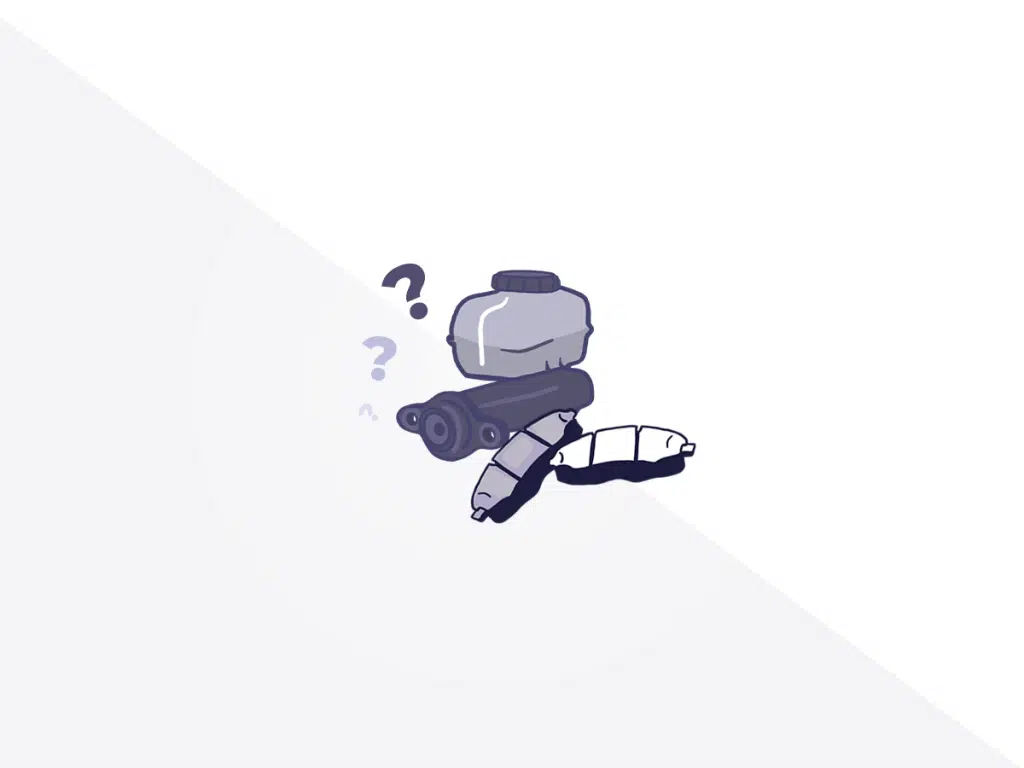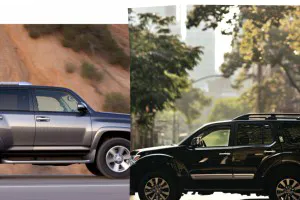Before you can go, you have to “whoa.”
While horsepower and speed are exciting, eventually you’re going to have to stop. When you press that brake pedal, you need to have absolute confidence that they will work, and that you’ll be able to bring your car to a safe, controlled stop every time. It’s smart to inspect your brakes from time to time to make sure they’re in good working condition. Here’s what you need to know about keeping your car’s brake system in tip-top condition so you can always stop on a dime.
What’s Included In Your Car’s Brake System?
As with any system in your car, the brake system consists of several components.
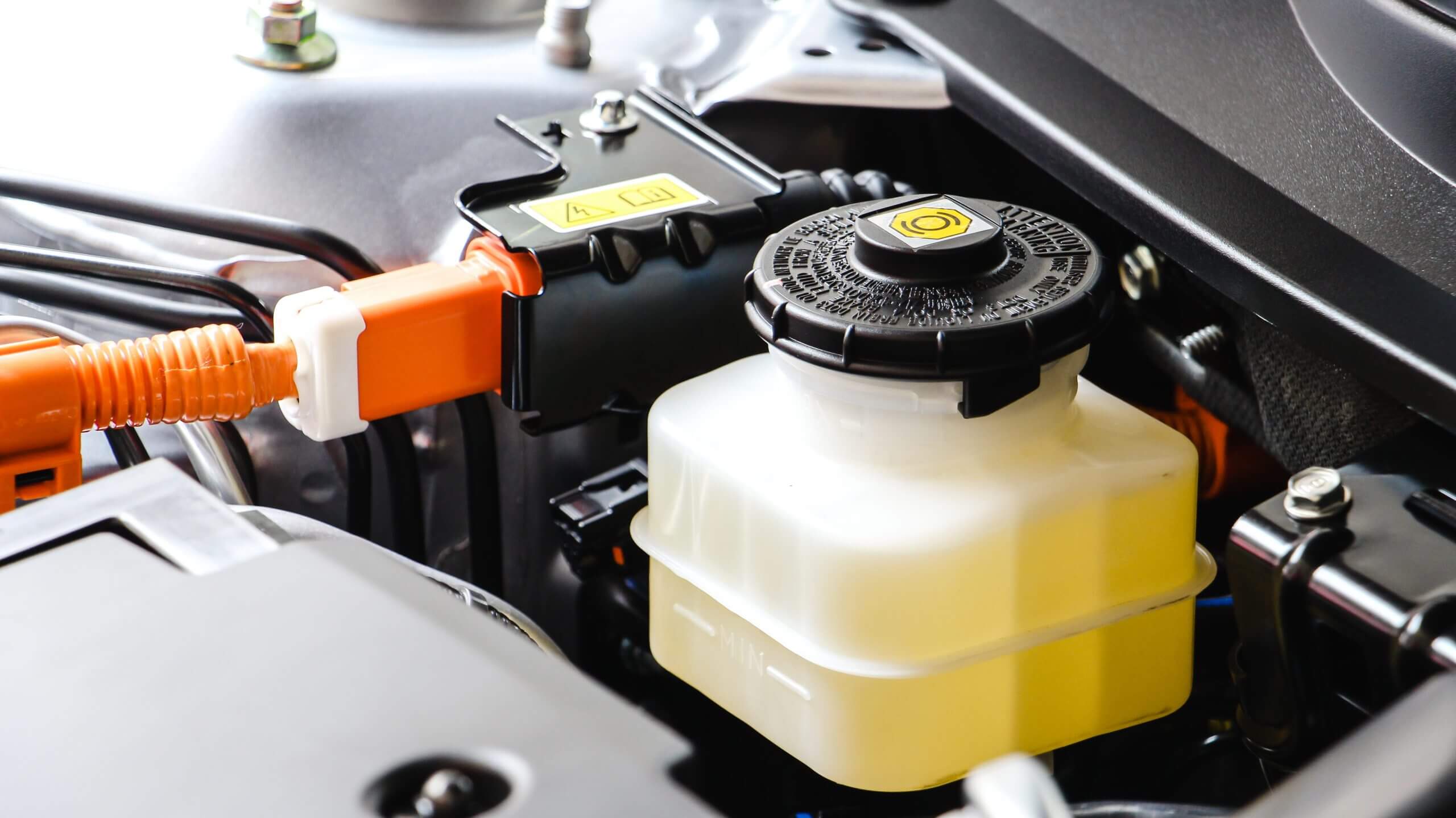
Brake fluid: Hydraulic fluid that engages your brakes at the wheels when you press the brake pedal.
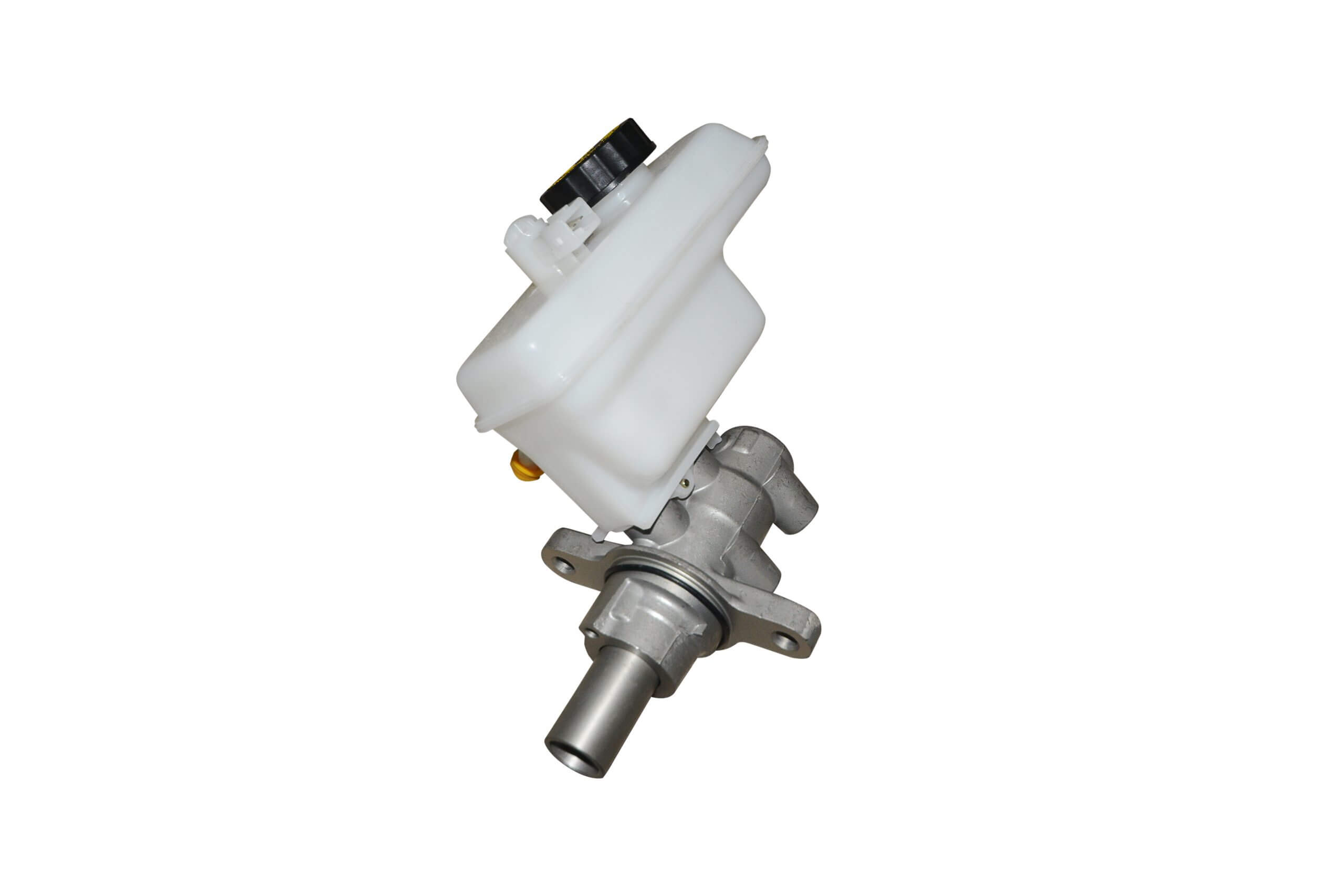
Master cylinder: This takes the pressure you apply to the brake pedal and sends it to the wheels.
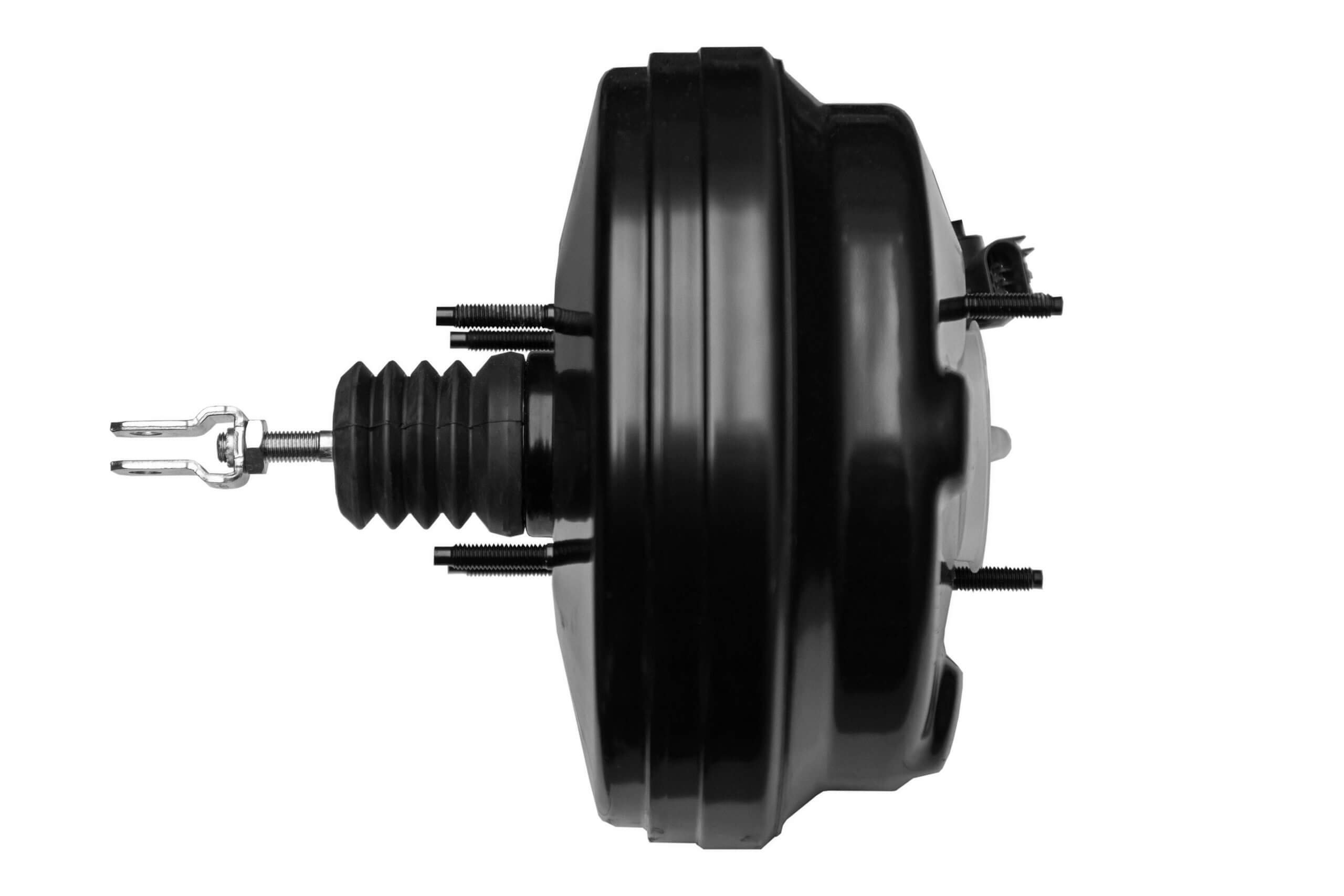
Brake booster: This uses vacuum from your engine to increase the pressure the master cylinder sends to the wheels.
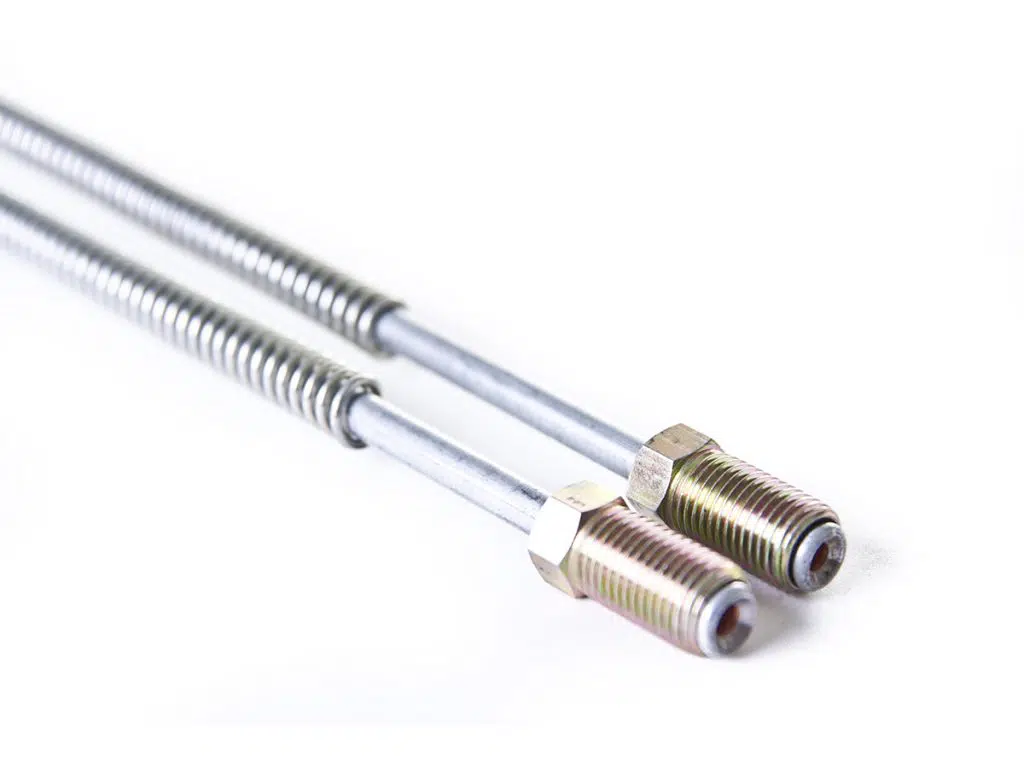
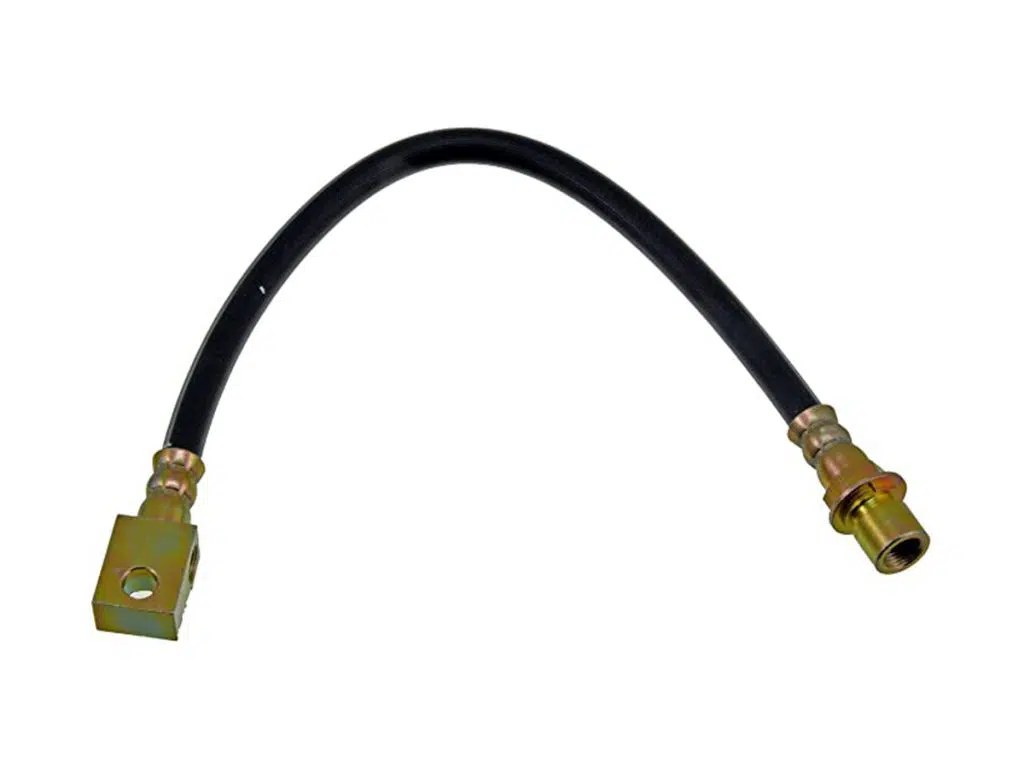 Brake lines: Metal or rubber hoses that connect the master cylinder to all four brakes.
Brake lines: Metal or rubber hoses that connect the master cylinder to all four brakes.
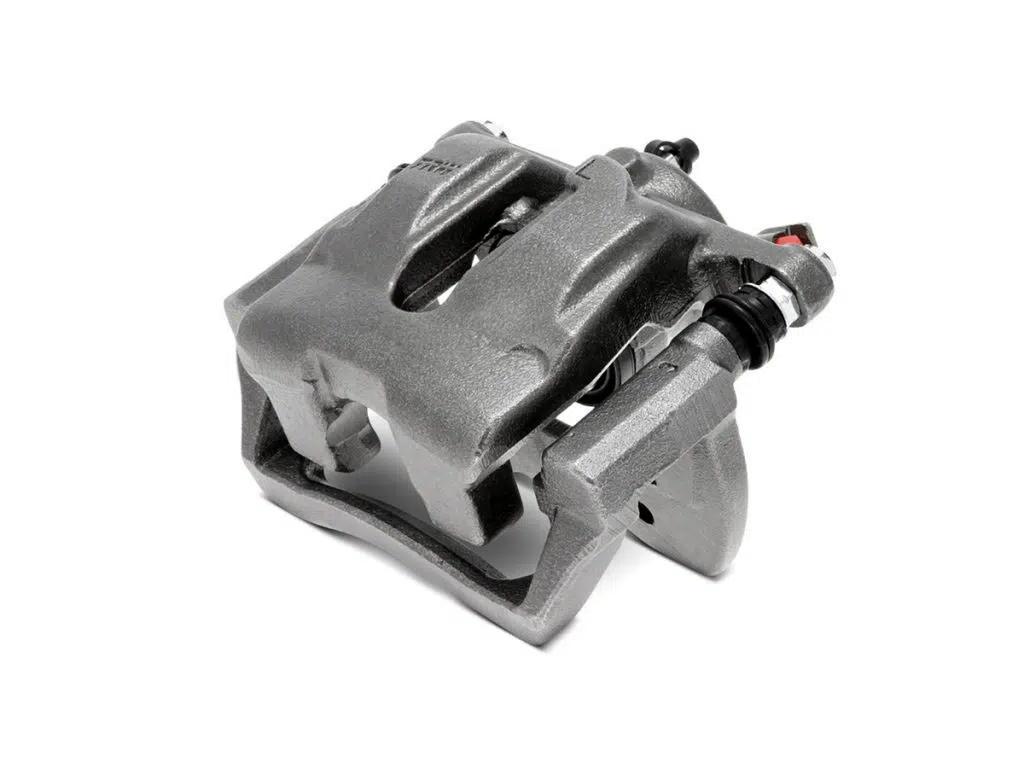
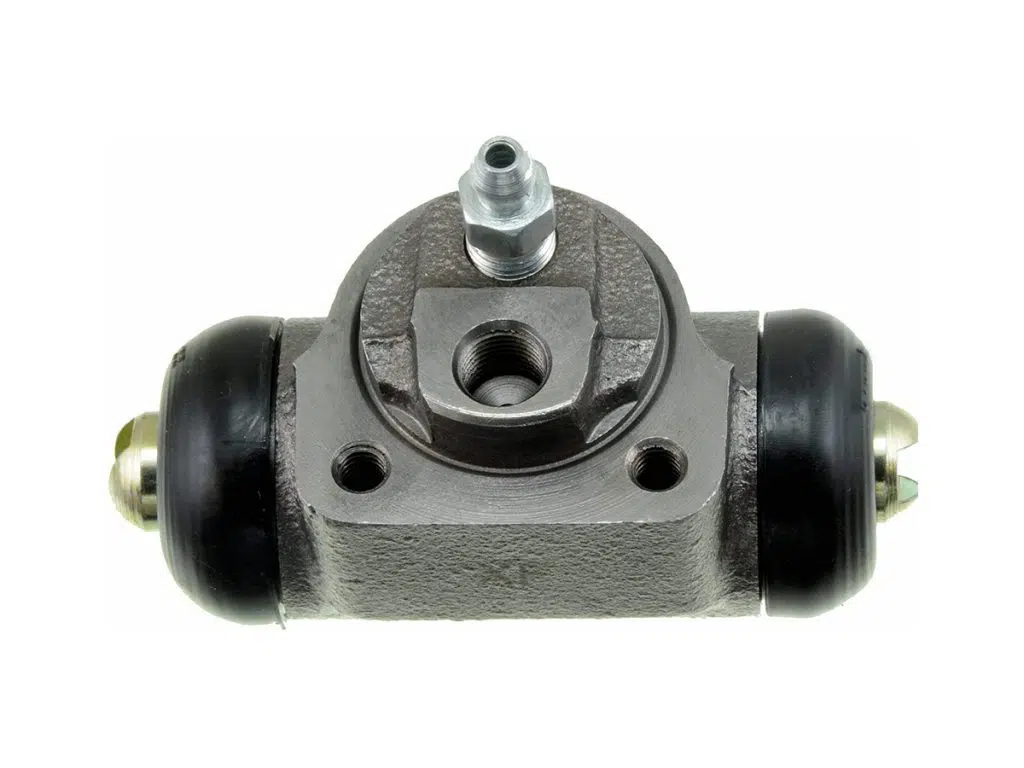 Calipers and wheel cylinders: These press a friction surface against components that spin with the wheels, causing the wheels to slow down and stop.
Calipers and wheel cylinders: These press a friction surface against components that spin with the wheels, causing the wheels to slow down and stop.
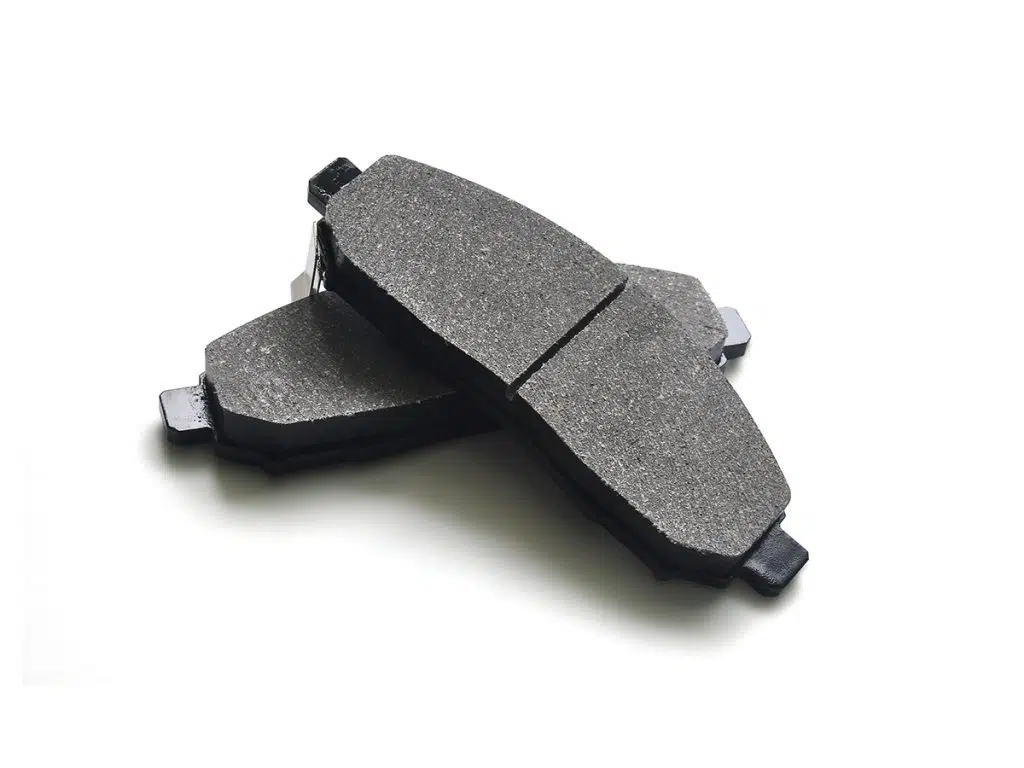
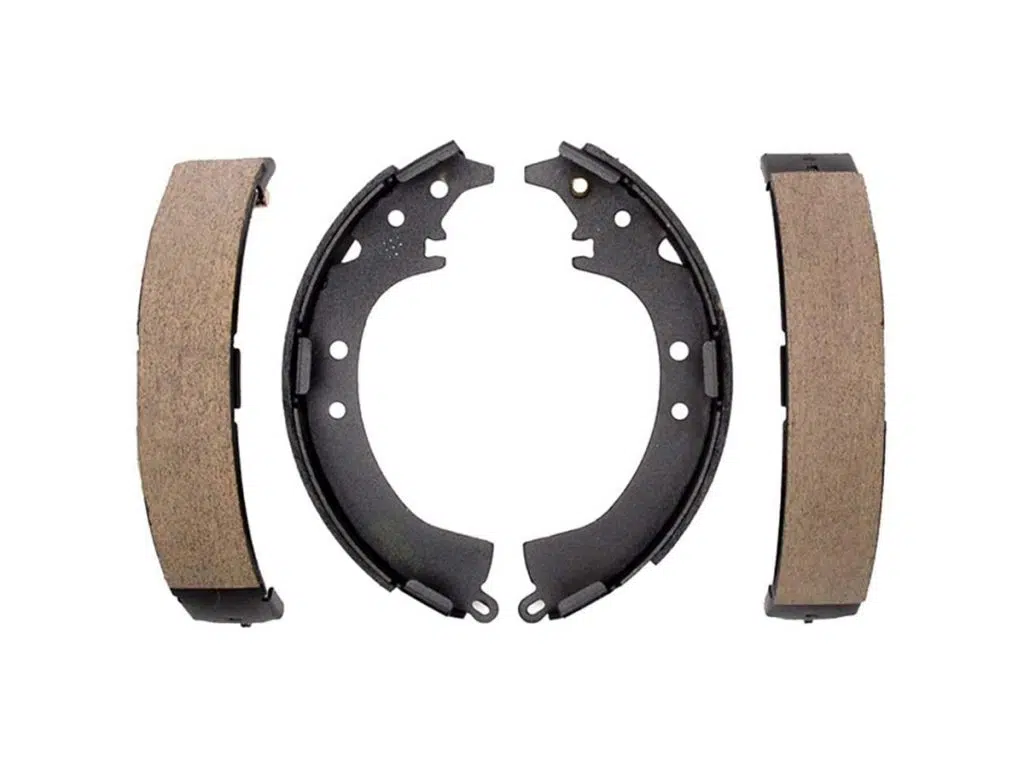 Pads and shoes: The friction surface that rubs and causes the wheels to slow down and stop.
Pads and shoes: The friction surface that rubs and causes the wheels to slow down and stop.
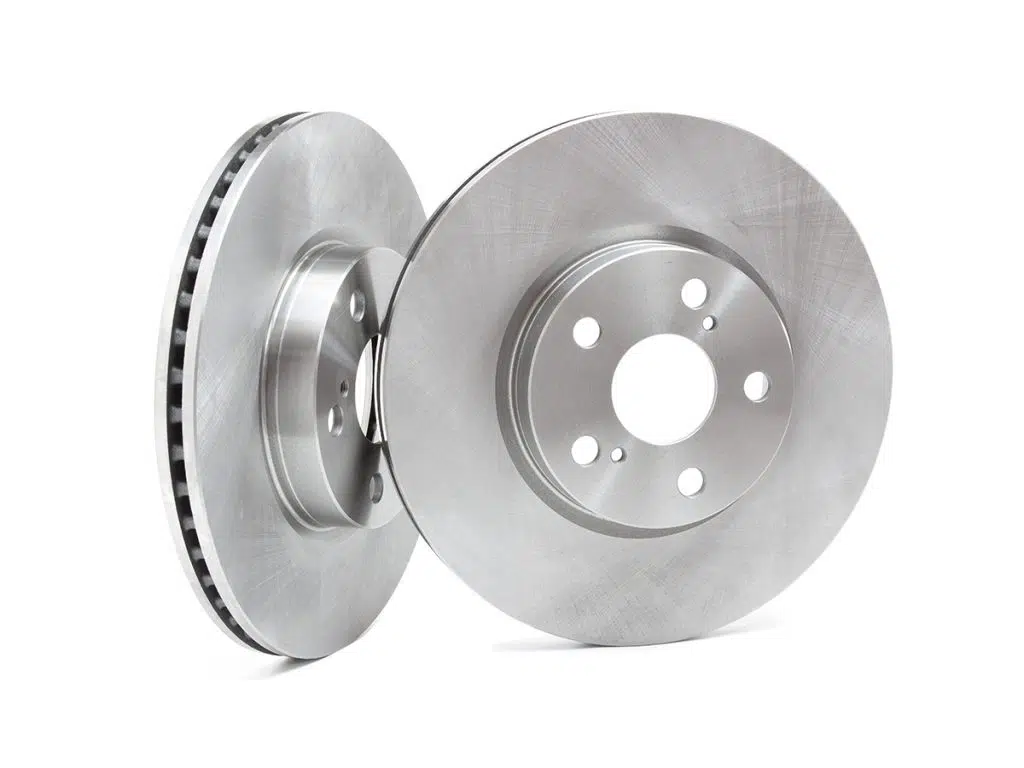
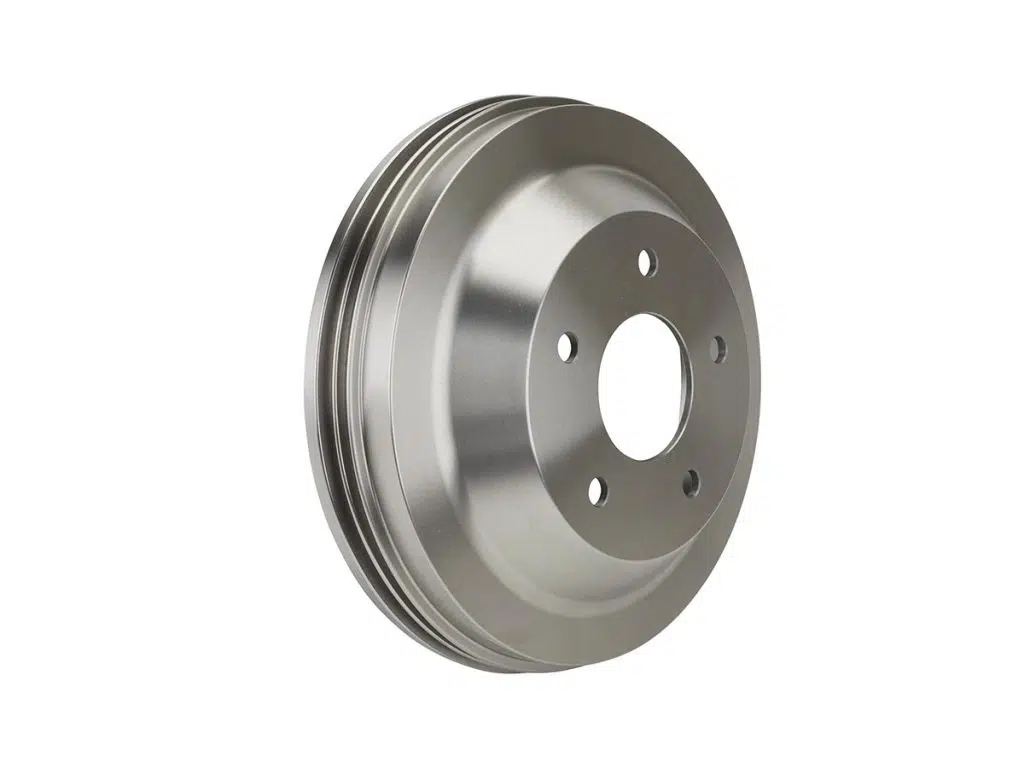
Rotors and drums: These are attached to the wheel hub and spin with the wheel.
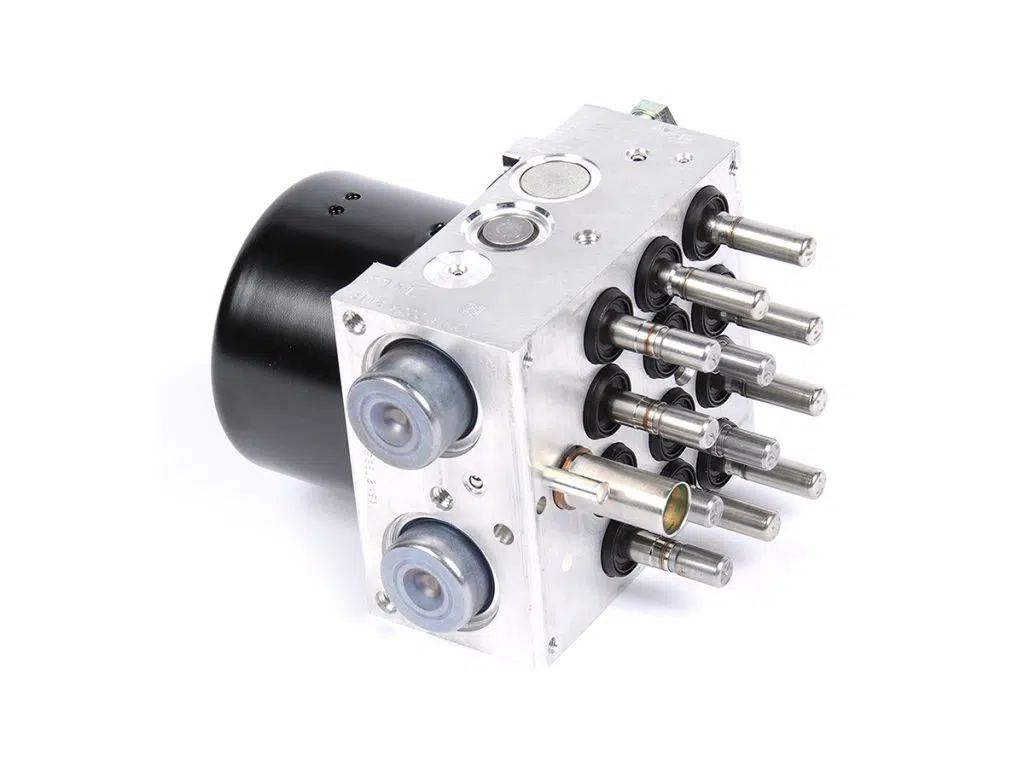 Anti-lock brake valve: This allows the computers in your car to automatically apply or release the brake at each wheel individually, enabling systems like anti-lock brakes, traction control, and stability control to work.
Anti-lock brake valve: This allows the computers in your car to automatically apply or release the brake at each wheel individually, enabling systems like anti-lock brakes, traction control, and stability control to work.
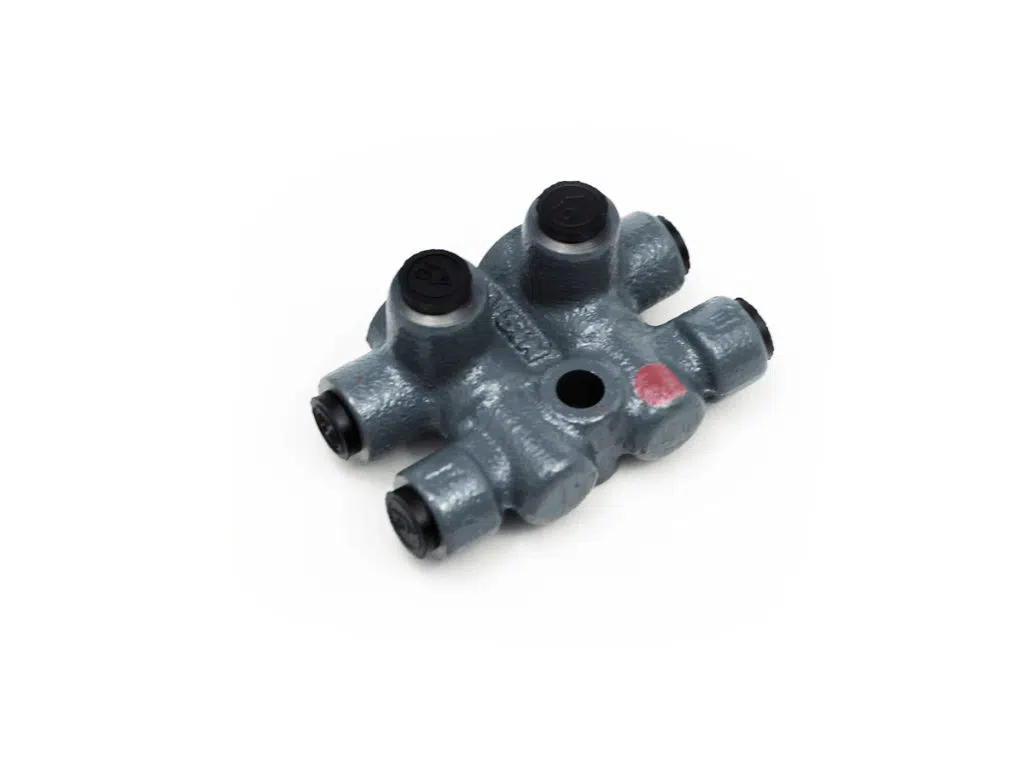
Proportioning valve: Sends more braking power to the front wheels than the back wheels. In many modern cars, ABS has replaced this part’s function, but you may still see it in older cars.
How Does The Brake System Work?
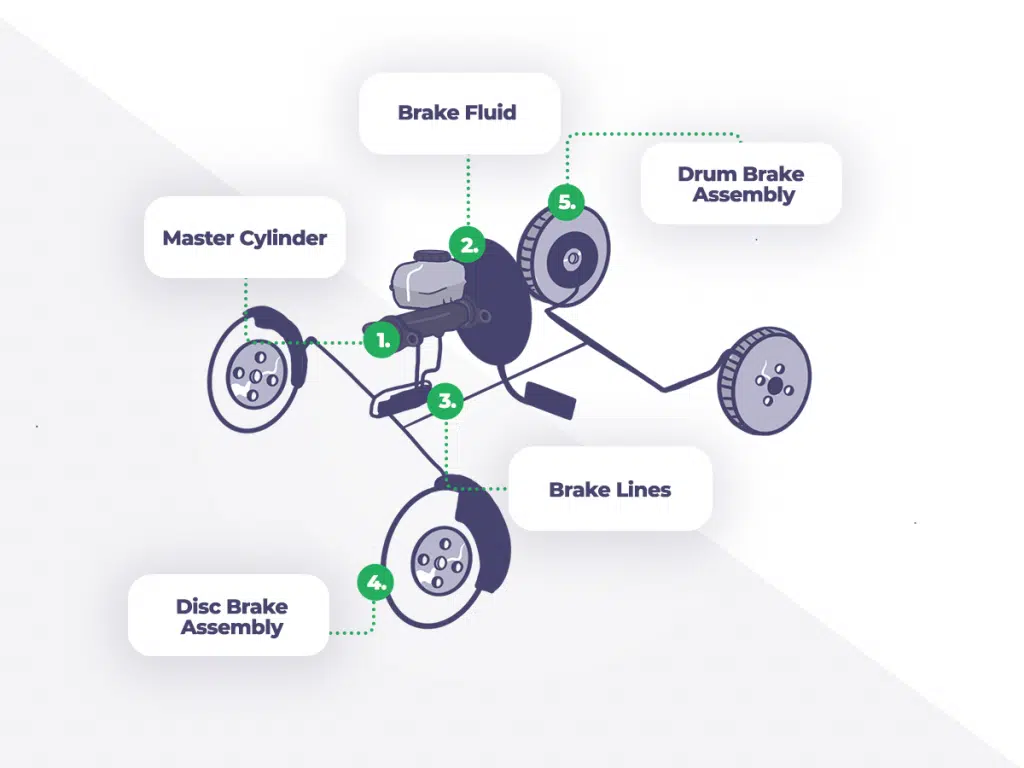
Essentially, your brakes are a hydraulic system that takes the pressure you apply to the brake pedal and sends it to all four wheels of your car, where friction makes your car slow down and stop.
The brake pedal is connected to the master cylinder. When you press the brake pedal, the master cylinder pushes brake fluid out through the brake lines to each wheel. The brake booster uses vacuum that the engine generates to apply the brakes harder than your foot and the master cylinder can alone. (This is also why it’s harder to apply the brakes when the engine isn’t running.)
The front wheels have disc brakes. Rear wheels can have either disc or drum brakes.
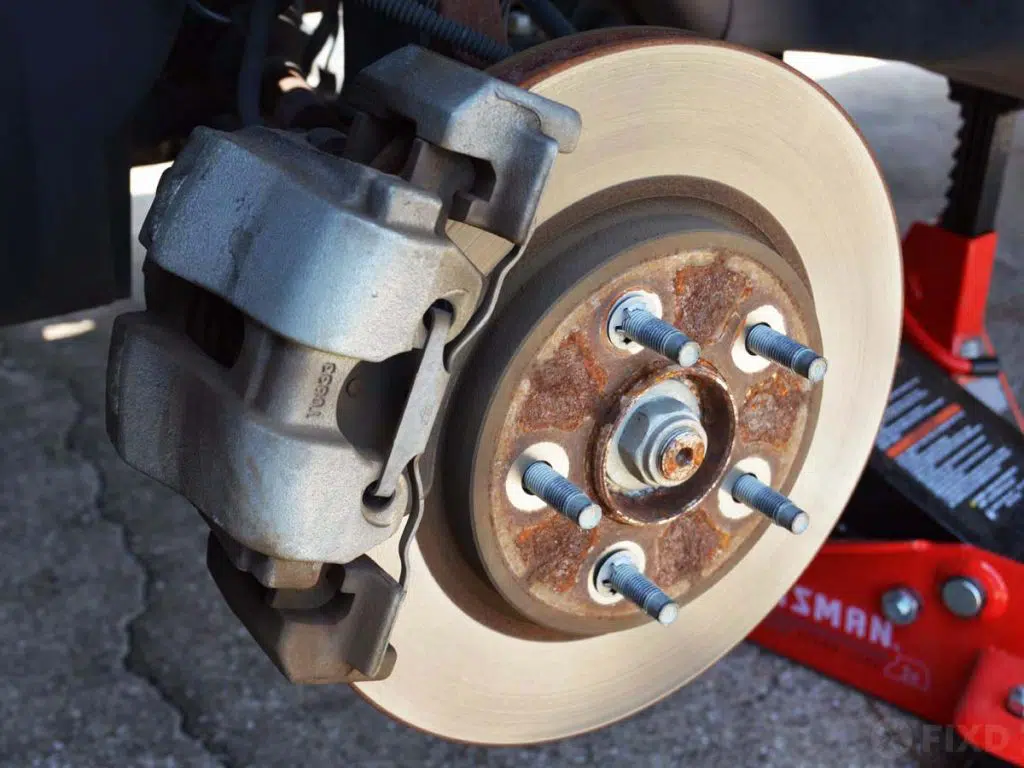
For disc brakes, the brake line connects to a caliper. The brake fluid pushes a piston out of the caliper, which in turn presses the brake pads against both sides of the rotor, which is attached to the wheel hub. When you apply the brakes, the pads pressed against the rotor make it more difficult for the wheel to spin, causing the wheel, and the car, to slow down and eventually stop.
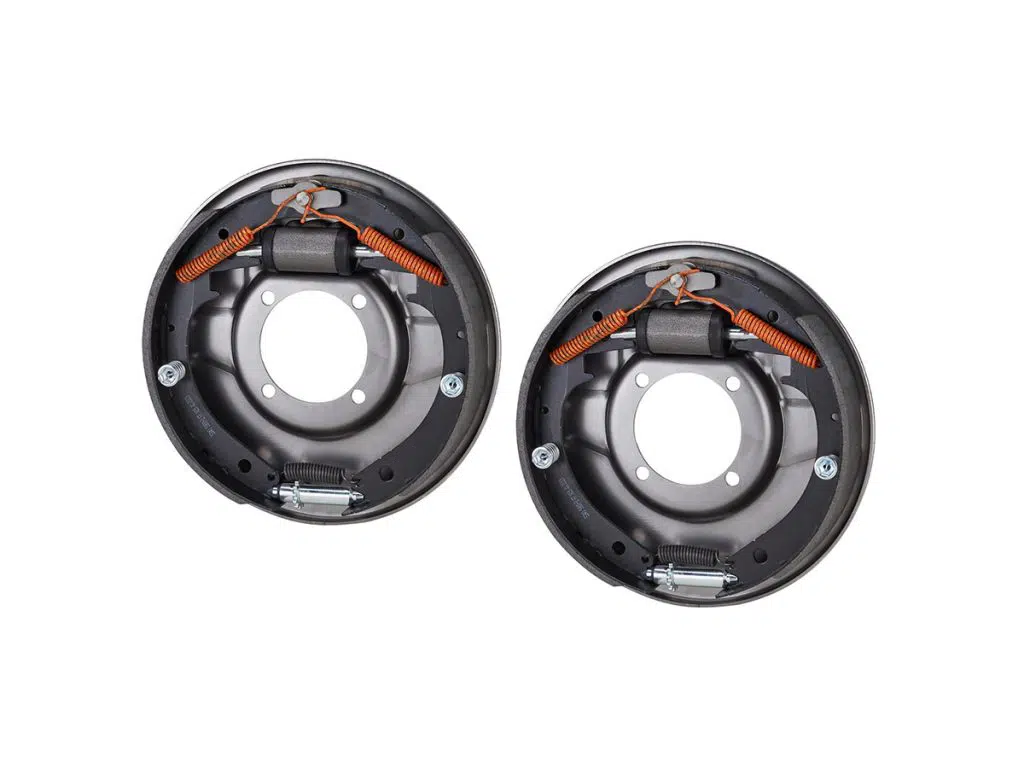
The same theory applies to drum brakes as well. In this case, the brake line connects to a wheel cylinder, which presses a pair of brake shoes outward, away from the cylinder. The shoes press against the brake drum, which, like a rotor, is attached to the wheel hub. This is an older design that some cars still use on rear brakes because they are less expensive to build than disc brakes.
In modern cars, the anti-lock brake valve sits between the master cylinder and the brake lines to each wheel. It’s able to engage and release the brake at each individual wheel automatically, regardless of the brake pedal. This is how it enables not only its anti-lock function, but also traction control, stability control, and other systems that help you keep your car under control.
Older cars without anti-lock brakes have a proportioning valve in the brake lines. Most of your car’s braking power is available at the front wheels, and this valve applies more braking force to the front wheels than the rear. Anti-lock brakes provide this functionality in addition to everything else they do.
What Is a Brake System Inspection? Why Is It Important?
Your brakes are absolutely critical to the safety of your vehicle, as well as its occupants and everyone around you. Your car must be able to stop consistently and reliably to avoid accidents.
A brake system inspection is simply taking a look at all of the components in your brake system and making sure they’re in good working order. A test drive is usually involved to ensure the brakes will work properly in normal driving conditions as well as hard stops in an emergency.
How Often Should I Have My Brakes Inspected?
Your manufacturer’s recommended maintenance schedule will tell you at what mileages to inspect your brake system. Typically, this is somewhere between every 40,000 and 70,000 miles. If you notice any problems with your brakes, however, such as squeaks or grinds when you press the brake pedal, the car pulling to the left or right when you brake, or any reduction in braking power, get your brakes checked immediately.
How Much Does a Brake System Inspection Cost?
The average cost for a brake system inspection at a professional mechanic is between $88 and $111.
Can I Inspect My Brakes Myself?
If you understand how the brake system works and know what to look for, then yes, you can inspect your brakes yourself. The brake system is relatively simple compared to many other systems in your car. Its simplicity makes it extremely reliable since there aren’t many components in it to fail. If you have any doubt in your knowledge or ability to inspect the brakes yourself, though, then definitely have a professional do it for you. You don’t want to take any chances with your brakes.
What Components Need Inspection? What Do I Look For?
Start under the hood at the master cylinder, and make sure your brake fluid is full. This level can drop over time as you use your brakes and put wear on your pads. This is normal. Also, check the color of your brake fluid. Fresh, clean fluid is clear. A little discoloration is fine, but if it’s dark, you should get your fluid flushed or bleed them yourself.
From there, follow your brake hoses and lines under the car and out to each caliper or wheel cylinder. Check for any wet spots that might indicate a leak, particularly at junctions and connections. In northern climates, look for rusty areas on metal brake lines. As the metal deteriorates from rust, it gets weaker, and could possibly burst when you apply the brakes.
On disk brakes, checking your brake pads is easy. After removing the wheel, there’s usually a small opening in the caliper you can look through to see your pad and rotor without disassembling anything. There’s a groove in the center of the pad material. If you can still see any of this groove, the pads are good. If the groove is gone, you should replace the pads soon. Also check the rotor to make sure there are no unusual marks, scrapes, or scoring on it. The caliper itself should be able to slide on its pins side-to-side smoothly. If it gets stuck, one pad will wear much faster than the other. Finally, check the caliper itself for any brake fluid leaks.
For drum brakes, remove the drum to inspect the mechanisms inside. While you’re at it, clean the inside of the drum since dust from the brake shoes can collect there. Check the thickness of the material on the shoes. If there isn’t much left, you should replace them. Make sure all the springs are intact and where they should be. Check the wheel cylinder for any fluid leaks as well.

The brake warning light, which either looks like this or is simply the word BRAKE, usually tells you when your parking brake is on, but it can also light up while your parking brake is not on. This indicates that your brake fluid level is low. You should refill it as soon as possible if this happens.
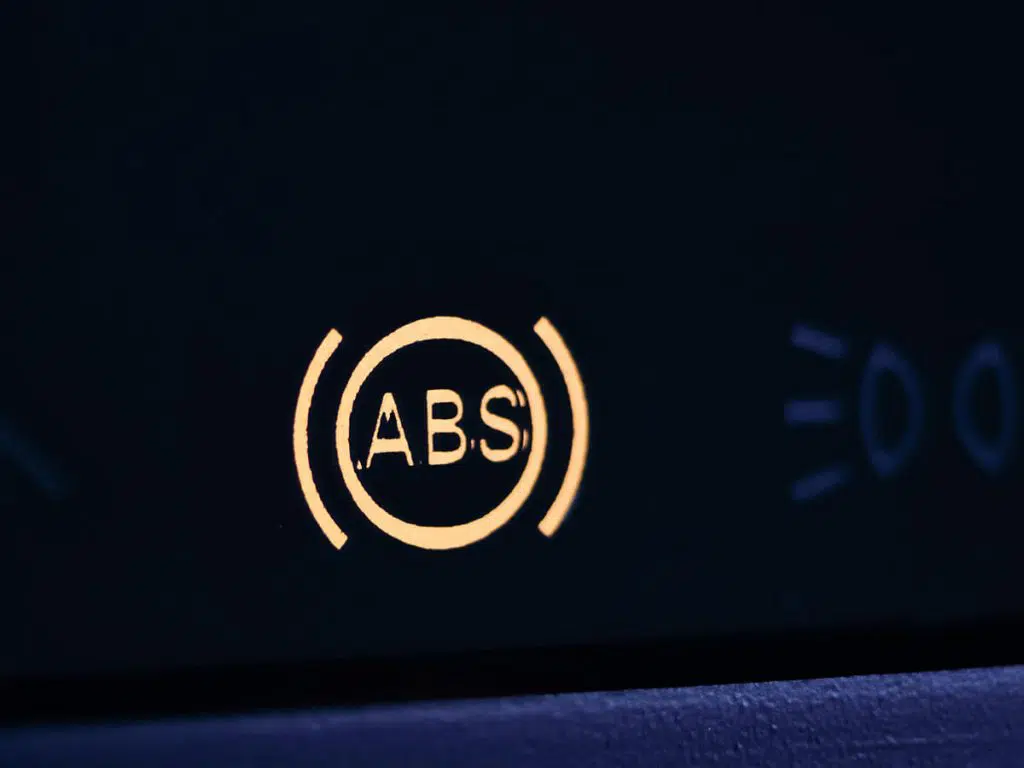
Another warning light you may see is the ABS light. This is a warning that your anti-lock braking system is not currently functioning. Usually, this is a problem with a sensor, broken wiring, or the ABS controller itself. Your basic braking system will still work fine, and it is safe to drive this way. However, be careful not to apply your brakes too hard, or you might lock up the wheels and skid.
Note: While the FIXD scanner and app reads engine trouble codes, it can not read any codes related to ABS or other systems. You’ll still need to take your car to a shop for a detailed diagnosis of any ABS problems.
It is normal for these warning lights to turn on briefly when you first start your car. They should turn off after a few seconds, although your BRAKE light will remain on if your parking brake is engaged.
Make Sure You Can Stop on a Dime with FIXD
While the FIXD Sensor won’t read ABS lights, it will help you keep all your car’s components in top shape, including the brake system on your car. Get FIXD and download the free app today to get automated maintenance alerts based on your make, model, and mileage so you’ll know when it’s time for an inspection, new pads and rotors, and much more!
Other Common Car Repair Costs Transmission oil change cost Car AC recharge cost Average cost for front brake job Cost to replace spark plugs Timing chain replacement

Recovering autocross and track day enthusiast. Once turned a VW Jetta into a pickup truck. Lives in a van down by the river. Dream car: 2001 Subaru WRC rally car.

